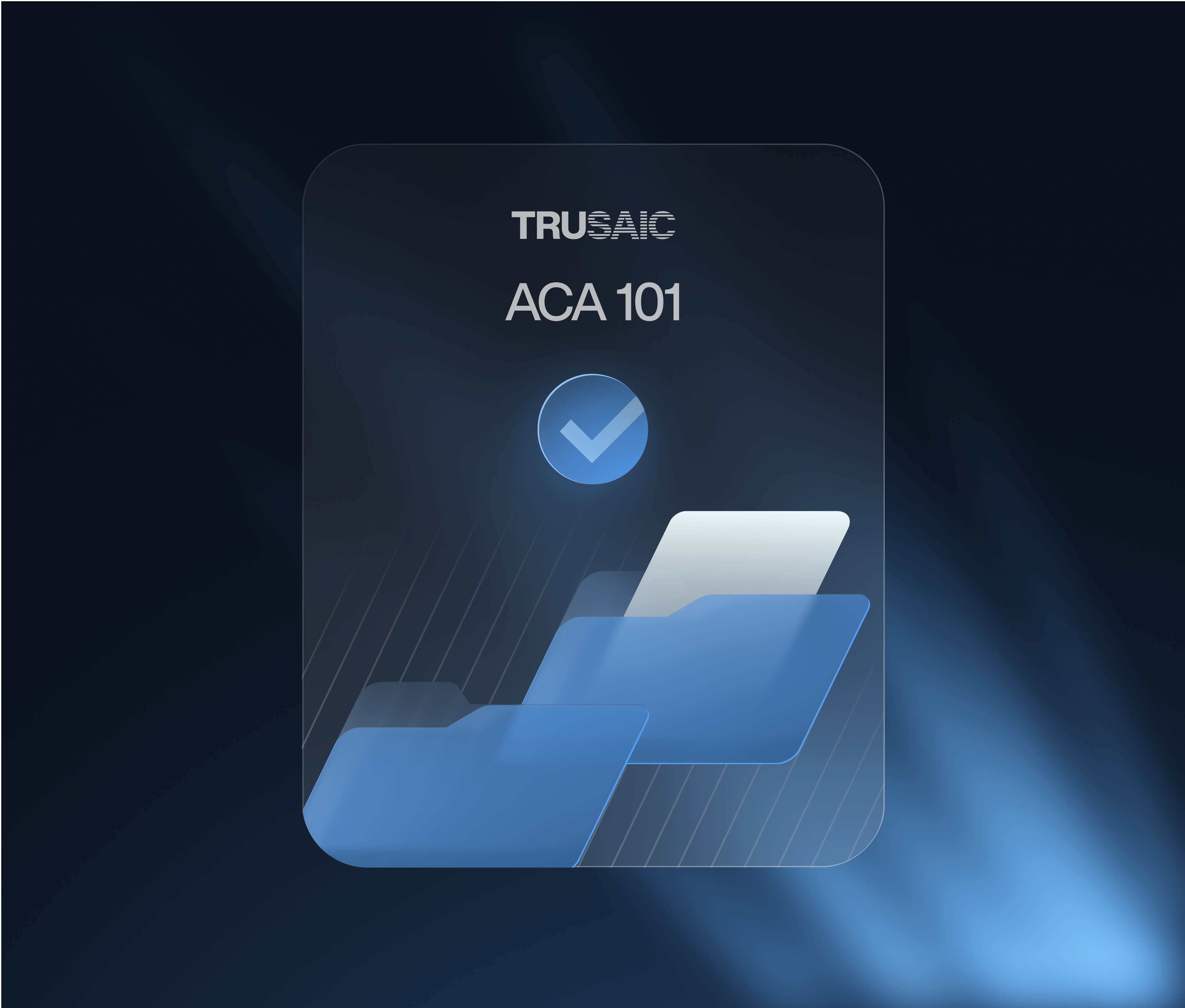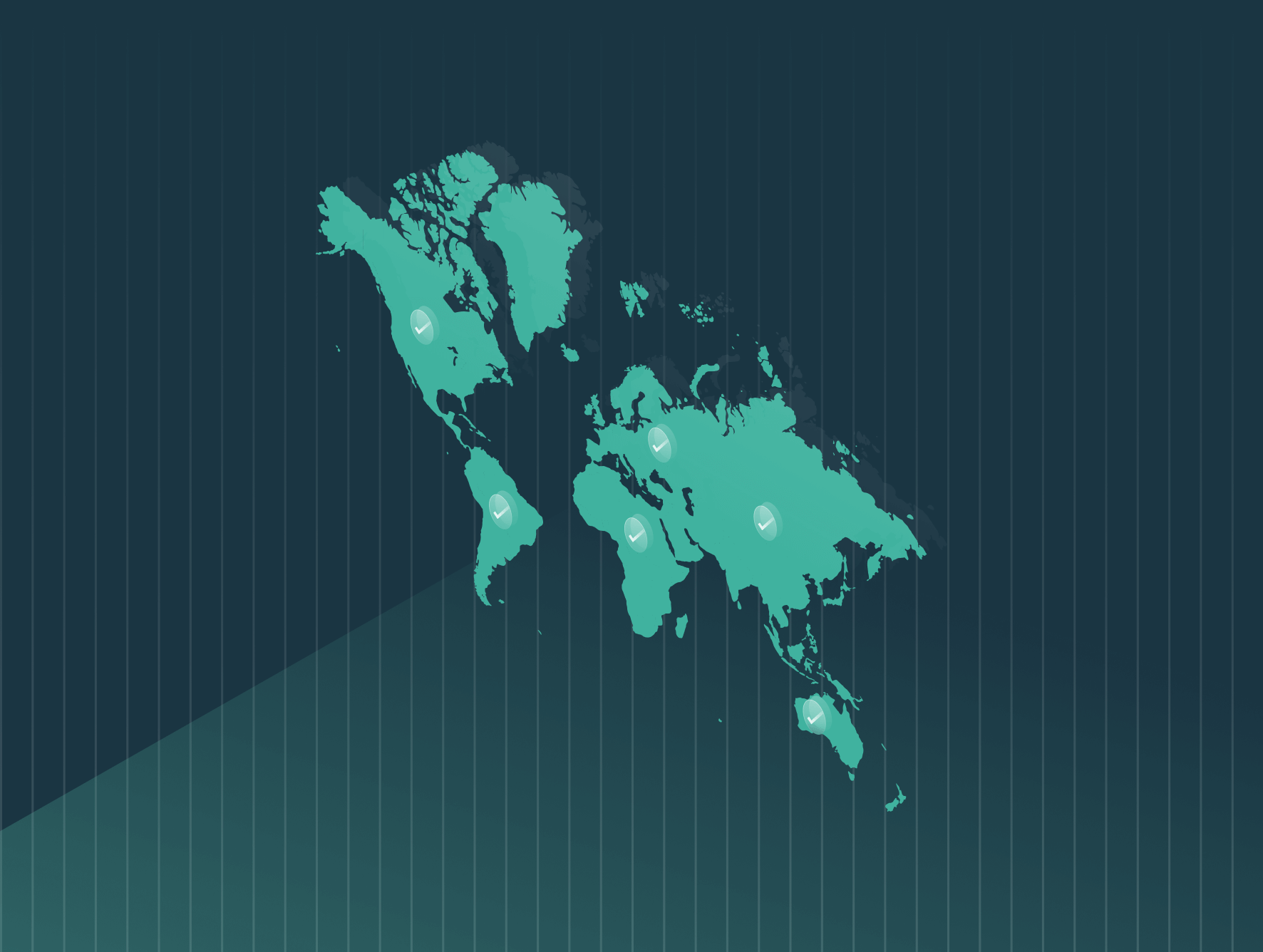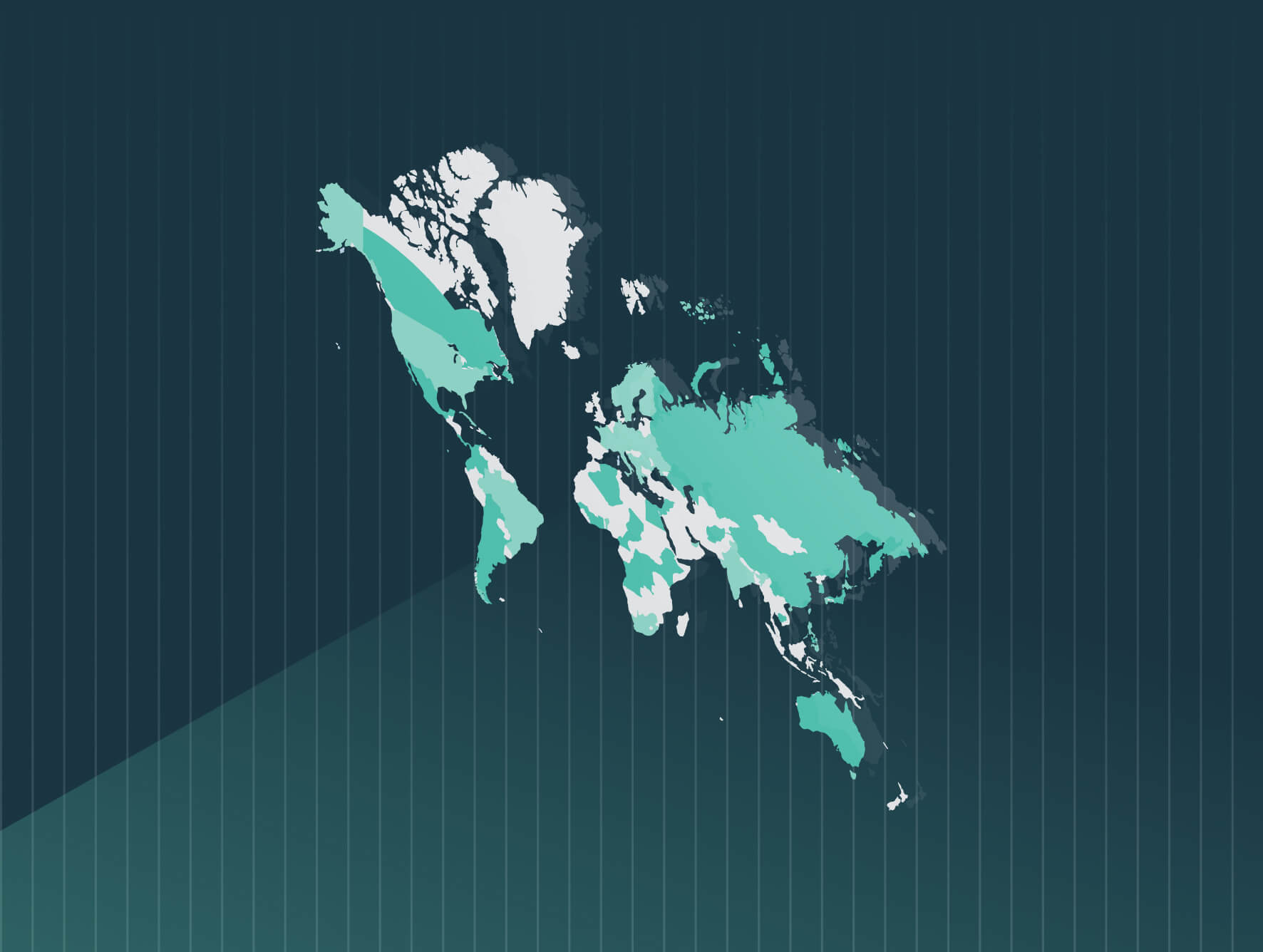In response to the EU Pay Transparency Directive, which requires employers operating in European Union member states to report on pay data, Trusaic will be evaluating the state of each country in the EU’s current gender pay gaps and the path toward compliance.
The impetus for the EU Pay Transparency Directive was to address the 12.7% gender pay gap in the European Union. Denmark’s pay gap reflects the EU average, at an identical 12.7%.
Denmark employers with 35 or more employees are required to submit either gender-segregated wage statistics, or an equal pay report on an annual basis. The cadence requirement and broadness of applicability should serve Danish employers well in complying with the EU Directive.
However, the breadth of reporting requirements will tick up significantly, which means organizations should prepare now.
Quick Action Items for Denmark Employers
Danish employers with 35 or more employees are required to comply with Denmark’s Equal Pay Act. Organizations in the farming, gardening, forestry, and fisheries sectors are exempt from reporting requirements.
Employers with operations in Denmark will need to prepare to adapt to much more comprehensive reporting requirements under the EU Directive. Currently, Danish employers are not obligated to publicly disclose pay gap data. Rather, they are required to calculate gender-segregated wage statistics for employee groups, which are done in confidentiality.
Danish employers, in some instances, do have an obligation to their employees to provide specific follow-up measures to be taken on their action-oriented initiatives designed to prevent and reduce gender wage gaps.
Additional actions that Danish employers will need to account for moving forward include:
- Preparing mean and median pay gaps that are segmented by categories of workers and include complementary or variable components of pay.
- Providing sufficient salary range information to job candidates.
- Not asking job candidates about their salary history.
- Yearly pay gap reporting and acting when it exceeds 5%.
- Accounting for intersectional discrimination in pay practices and considering needs of workers with disabilities.
As we’ve previously noted, the EU Directive deliberately uses the wider term of “worker” versus “employee” to account for contractors. This will also be an adjustment for Danish employers, as the nation’s equal pay law only applies to employees.
Employers with operations in Denmark should proactively evaluate their current pay practices and overall compensation philosophy. Employers can lean on pay equity software solutions to expedite this process and determine root causes of potential pay disparities.
In effect, by 2026, all large employers (250+ employees) must report gender pay gaps. By 2031, all smaller employers (100 or more employees) will have to comply.
Danish Employers’ Current Requirements
Applicable employers with operations in Denmark have two reporting options available to them.
Gender-segregated wage statistics are required for groups of a minimum of 10 employees of each gender calculated by 6-digit DISCO code for the purpose of consulting and informing employees of gender wage gaps. DISCO is prepared by the International Labor Organization.
Employers are required to calculate gender-segregated wage statistics for employee groups corresponding to the 6-digit DISCO code. If the gender-segregated wage statistics are submitted confidentially for the good of the company’s legitimate interests the information may not be disclosed to a third party.
Alternatively, if agreement is reached with employees, an organization may submit an Equal Pay Report instead of gender-segregated wage statistics. Equal Pay Reports must include the following:
- Description of the terms which are used to determine the wages of men and women in the enterprise.
- Description of the action-oriented initiatives taken to prevent and reduce gender wage gaps. The initiatives may run over a three-year period.
- Specific follow-up measures to be taken on the initiatives detailed in the report.
Corrective measures are not required if employers choose to submit gender-segregated wage statistics.
Pay is defined in the act as the “normal basic or minimum pay and all other payments paid out to the employee by the employer because of the employment relationship, be it payment in cash or in kind.”
Complying with the EU Directive
The EU Pay Transparency Directive was approved in 2023, establishing a clear framework for EU member states to apply the principle of equal pay for equal work or work of equal value.
EU member states have three years from June 7, 2023 to transpose the directive into law. Likely implementation dates are 2026, however, some countries may enact legislation earlier. All 27 member states are required to adopt the directive.
Employers operating in EU member states can take several preliminary steps to ensure compliance with the upcoming legislation. The EU Directive includes a requirement for a Joint Pay Assessment where pay gaps are higher than 5%. Denmark has no such requirement in its current pay data reporting laws.
Danish employers should reevaluate recruitment processes to comply with salary range and salary history ban requirements. One way to achieve this is to create equitable, explainable, and competitive salary ranges. For example, is the base salary competitive and commensurate with employee skills?
Other items include:
- Pay explainability. Prepare to explain how you differentiate and define performance in setting base salaries. Pay transparency legislation means workers must be given access to criteria used to define salary and pay raises.
- Analyze pay gaps. Identify the causes where pay disparities exceed 5%. If there is no objective justification, we recommend addressing any anomalies to remove those unexplained gaps.
- Intersectional pay equity audit. Intersectionality is essential to close the gender pay gap. It recognizes that individuals can experience discrimination and inequality based on the intersection of multiple identities, such as race, gender, disabilities, age, and more. As noted above, intersectional discrimination is defined in the EU Transparency Directive.
Trusaic is GDPR compliant and can assist any organization in any EU state in meeting its obligations under both the EU Corporate Sustainability Reporting Directive and the EU Pay Transparency Directive.








